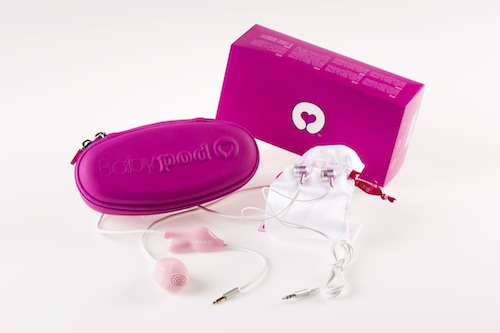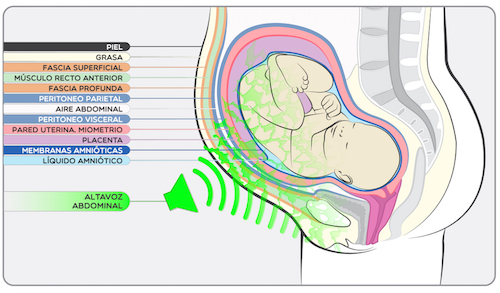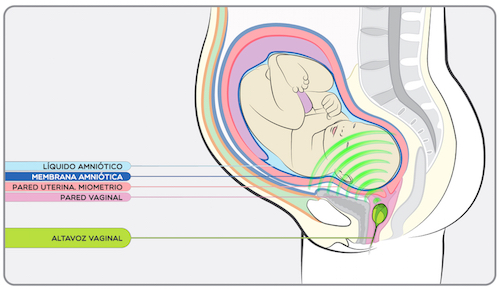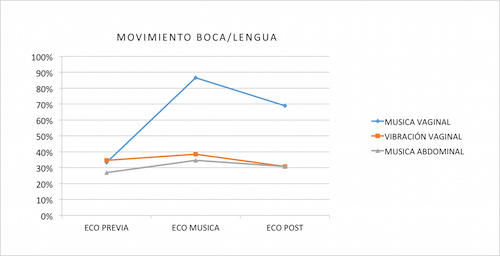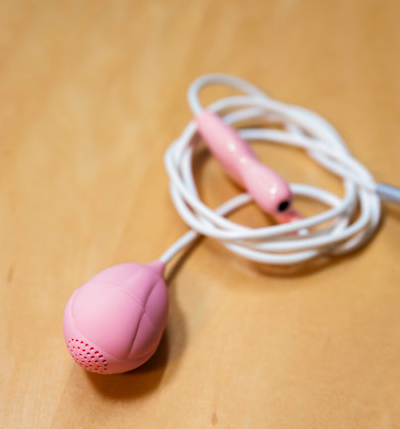It is striking that there is no response to the vaginal vibrator despite emitting a sound at an intensity of 68 decibels. We know that sound is vibrations with a regular frequency and that noise is vibrations with an irregular frequency. Noise is a disharmonic organization of sound and music is a harmonic organization of sound.
In subsequent studies, our research team has been able to observe that they do not respond to the emission of beeps at 54 decibels vaginally and this is because the response of the fetus is produced based on stimuli that induce communication responses. Music or language can cause it, but noise cannot.
When you talk or sing to your baby, he also tries to communicate with you by trying to vocalize; This does not happen when he hears a noise, since they are different brain circuits.
In a study by Dr. Perani (Dr. Perani et al, PNAS) analyzed, using magnetic resonance imaging, the brain areas that are activated with music and observed how cortical and subcortical activation of primary auditory centers and other more evolved ones occur, especially in the hemisphere. right brain. When faced with dissonant sounds, these areas were not activated, but rather this brain activation was abolished.
The response of the fetus does not occur, therefore, to sound vibrations or noise, but to music.

